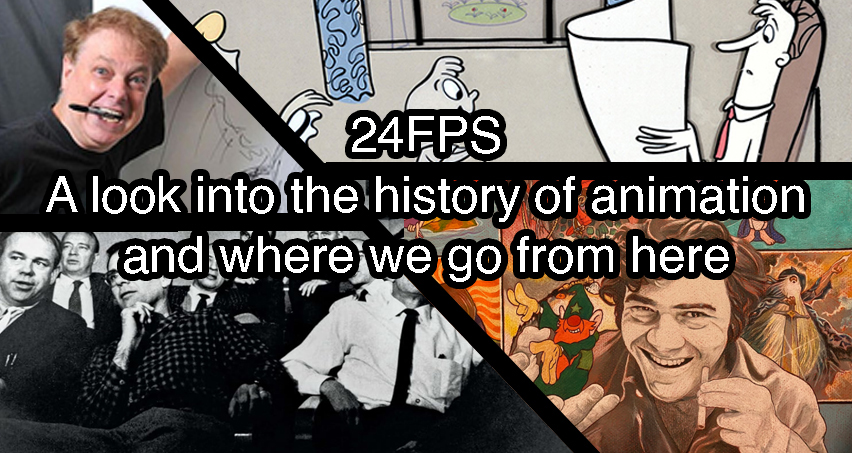The Muiltiplane camera: Creating dimension in animation...without a computer
For most of the early days of animation, the art form was seen as a little more than a moving comic strip; a silly character, a funny sight-gag, the end. And for the most part, it was. In the twenties and early thirties, animated characters like Betty Boop, and Feliz the Cat were household names because they would star in an animated short before a feature film. The cartoons were entertaining, and they did tend to stick with the viewer, but they were far from what anybody would call cinematic. The majority of these shorts were a single character singing or dancing in front of a still drawing, it was a very 2D experience.
With the help of Ub Iwerks, a fellow Disney animator and effects supervisor, Walt designed what would be called The Muiltiplane camera. This camera allowed for drawings to be stacked individually on top of each other, with a gap, creating the illusion of dimension. The camera operator could adjust the height of each layer, then slow track downwards creating an effect that looked as though we were moving right through the scene.
Over the next few decades, the multiplane went through major improvements and modifications. Smaller machinery, mechanical layer movements, isolated animations cels, etc. As animation moved into the digital realm, creators were able to create this effect with simple scaling, ultimately removing the need for the multiplane camera entirely. However, in the past ten years, software developers have begun to see a difference in film quality and the control the multiplane camera gives them, and the control. In modern 2D animation software like Harmony, animators have been given tools to make a scene appear just like it did in the multiplane days, giving the film a similar quality of depth and cinema.






Comments
Post a Comment